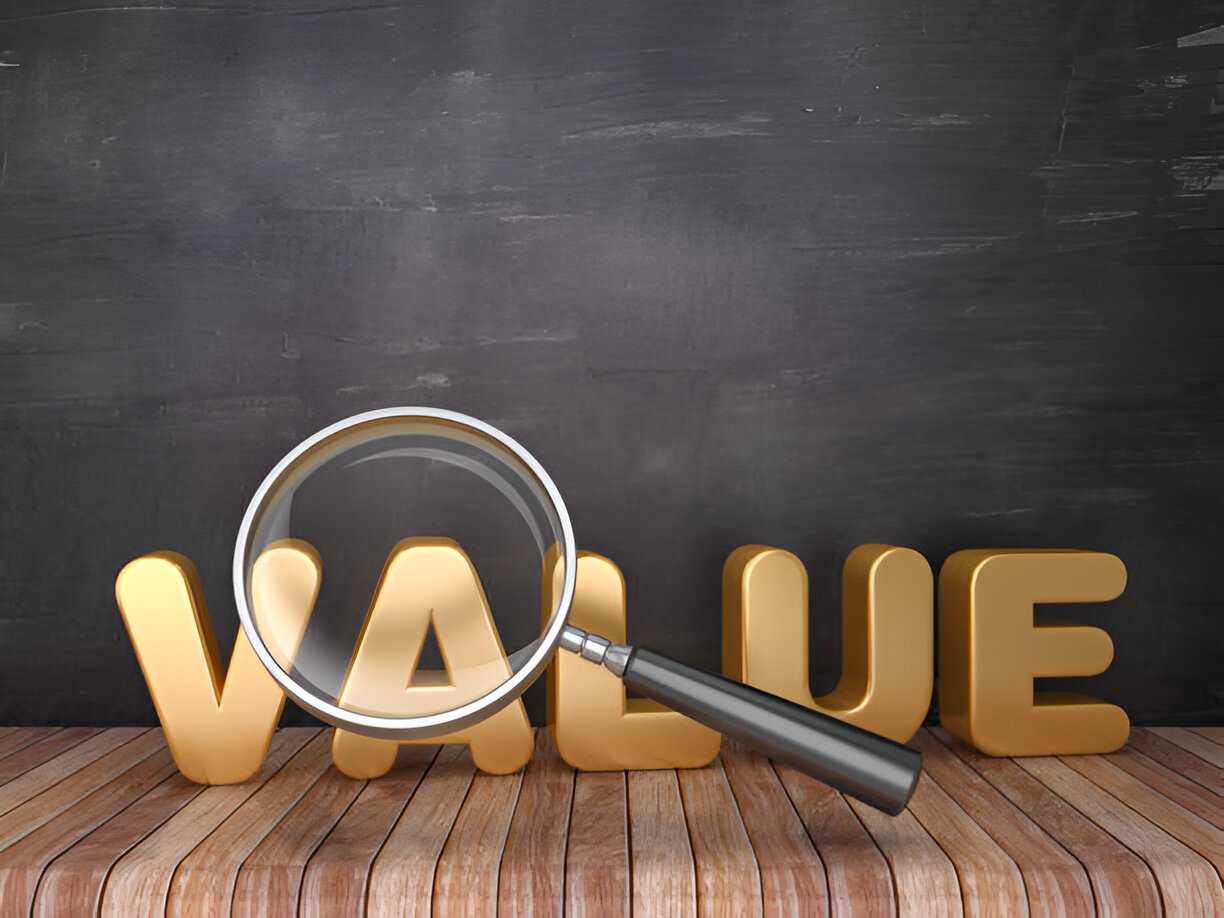Product bundle pricing is a powerful strategy businesses use to increase sales, enhance customer satisfaction, and optimize revenue. As someone who has analyzed pricing models across industries, I find bundle pricing fascinating because it blends psychology, economics, and strategic decision-making. In this article, I break down how bundle pricing works, why it’s effective, and how businesses—and even consumers—can leverage it.
Table of Contents
What Is Product Bundle Pricing?
Product bundle pricing is the practice of selling multiple products or services together as a single package at a discounted rate compared to purchasing each item individually. Companies use this strategy to move inventory, introduce complementary products, or increase the perceived value of their offerings.
For example, a fast-food chain might bundle a burger, fries, and a drink at a lower price than buying each item separately. The customer perceives a better deal, while the business benefits from higher sales volume.
The Economics Behind Bundle Pricing
To understand why bundle pricing works, we must examine the underlying economics. The core idea revolves around consumer surplus and price discrimination.
Consumer Surplus
Consumer surplus is the difference between what a customer is willing to pay and what they actually pay. Bundling allows businesses to capture more of this surplus by offering perceived value.
Consumer\ Surplus = Maximum\ Willingness\ to\ Pay - Actual\ Price\ PaidWhen customers see a bundle, they often feel they are getting more for less, increasing their willingness to purchase.
Price Discrimination
Bundling helps businesses cater to different customer segments. Some customers may value one product highly but another less so. By bundling, companies extract more value from diverse preferences.
Total\ Bundle\ Revenue = \sum (Price\ of\ Individual\ Items) - DiscountFor instance, a software company might bundle a word processor, spreadsheet tool, and presentation software. A student may only need the word processor but finds value in the entire bundle at a slightly higher price.
Types of Product Bundles
Not all bundles are the same. Businesses use different bundling strategies depending on their goals.
Pure Bundling
Pure bundling means products are only sold together, not separately. A classic example is Microsoft Office, where individual applications are not sold separately in some editions.
Mixed Bundling
Mixed bundling allows customers to buy items either individually or as a bundle. Fast-food combos are a perfect example—you can buy a burger alone or as part of a meal.
Leader-Follower Bundling
Here, a high-demand product (the leader) is bundled with a less popular one (the follower) to boost sales of the latter. Printers and ink cartridges follow this model—the printer is sold cheaply, but the ink (the real profit driver) is bundled or sold separately at a premium.
Psychological Triggers in Bundle Pricing
Bundles work because they tap into consumer psychology.
The Illusion of Savings
Customers perceive bundles as a “deal,” even if the actual savings are minimal. A $50 bundle of three items priced at $20 each feels like a $10 saving, even if the customer only needed two items.
Reduced Decision Fatigue
Choosing between multiple products can be overwhelming. Bundles simplify the process by offering a pre-selected combination.
The Endowment Effect
Once customers own a bundle, they assign higher value to the included items, increasing satisfaction and repeat purchases.
Mathematical Modeling of Bundle Pricing
To optimize bundle pricing, businesses use mathematical models. Let’s explore a basic example.
Example: Bundling Two Products
Suppose a company sells Product A and Product B. Customer valuations are as follows:
| Customer Segment | Value of Product A ($) | Value of Product B ($) |
|---|---|---|
| Segment 1 | 30 | 10 |
| Segment 2 | 20 | 25 |
If sold separately, the optimal prices might be:
- Product A: $20 (both segments buy)
- Product B: $10 (both segments buy)
Total Revenue: (20 + 10) \times 2 = \$60
Now, consider a bundle priced at $35:
- Segment 1: Values bundle at 30 + 10 = \$40 → Buys
- Segment 2: Values bundle at 20 + 25 = \$45 → Buys
Total Revenue: 35 \times 2 = \$70
The bundle increases revenue by $10.
When Bundle Pricing Works Best
Not all products should be bundled. The strategy is most effective when:
- Products Are Complementary – Items that are used together (e.g., cameras and lenses) bundle well.
- Demand Varies Across Customers – If different customers value products differently, bundling captures more revenue.
- Marginal Costs Are Low – Digital products (software, e-books) have near-zero marginal costs, making bundling highly profitable.
Potential Downsides of Bundle Pricing
While effective, bundling has risks:
- Customer Backlash – If forced into unwanted purchases, customers may resent the tactic.
- Inventory Challenges – Bundling physical products requires careful stock management.
- Profit Erosion – Over-discounting can reduce margins if not optimized.
Real-World Examples
McDonald’s Happy Meal
A classic example of mixed bundling, the Happy Meal includes a toy, food, and drink. Parents buy it for the perceived value and convenience.
Amazon Prime
Amazon bundles shipping, streaming, and other services into a subscription. Customers pay for convenience, while Amazon locks in long-term revenue.
Cable TV Packages
Cable companies bundle channels, forcing customers to pay for unwanted content. This has led to cord-cutting trends, showing the limits of forced bundling.
How to Implement Bundle Pricing
If you run a business, follow these steps:
- Analyze Customer Preferences – Use surveys or purchase data to see which products are often bought together.
- Test Different Bundles – Experiment with pure vs. mixed bundling to see what maximizes revenue.
- Optimize Pricing – Use the mathematical models discussed earlier to find the best bundle price.
- Monitor Performance – Track sales and customer feedback to refine bundles over time.
Conclusion
Product bundle pricing is a nuanced yet powerful tool. By understanding consumer psychology, economic principles, and mathematical optimization, businesses can unlock hidden value. Whether you’re a seller looking to boost revenue or a consumer trying to spot real bargains, mastering bundle pricing gives you an edge.





